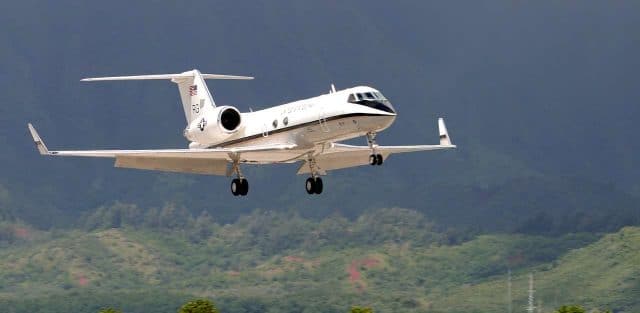Lift

- Lift is can be a term used to describe an aircraft charter engaged for passenger or cargo transport.
- It's also known as the force that lifts and holds the aircraft in the air. Lift is a mechanical force. It’s generated by the contact of a fluid (typically liquid and gas) with a solid body.
Generating Lift in Small Private Planes
Linked directly to air density, pressure, and temperature, lift is just one of the forces that allow aircraft to become airborne. The wings of an aircraft are mostly responsible for creating lift. According to Newton’s third law, the wing generates lift by exerting a downward force on the air that flows past it. This means the air exerts an opposite and equal amount of force of the wing.The Other Forces of Flight
Aside from lift, there are three other forces that are required for an aircraft to fly. These other three include:- Weight – This typically refers to gravity and pulls the plane down toward the centre of the Earth.
- Drag – This is the force that acts against the motion of the jet, and it’s caused by friction and differences in air pressure.
- Thrust – Thrust is the force created by an engine that propels the aircraft forward.
Lift, in the aviation sense of the word, has two different definitions when it comes to both big and small private planes.
- Lift is can be a term used to describe an aircraft charter engaged for passenger or cargo transport.
- It’s also known as the force that lifts and holds the aircraft in the air. Lift is a mechanical force. It’s generated by the contact of a fluid (typically liquid and gas) with a solid body.
Generating Lift in Small Private Planes
Linked directly to air density, pressure, and temperature, lift is just one of the forces that allow aircraft to become airborne. The wings of an aircraft are mostly responsible for creating lift. According to Newton’s third law, the wing generates lift by exerting a downward force on the air that flows past it. This means the air exerts an opposite and equal amount of force of the wing.
The Other Forces of Flight
Aside from lift, there are three other forces that are required for an aircraft to fly. These other three include:
- Weight – This typically refers to gravity and pulls the plane down toward the centre of the Earth.
- Drag – This is the force that acts against the motion of the jet, and it’s caused by friction and differences in air pressure.
- Thrust – Thrust is the force created by an engine that propels the aircraft forward.








